Black Hole Swallows Star, First Time Caught on Film [PHOTOS & VIDEO]
For the first time, scientists have captured on film a black hole swallowing a star, using the Swift satellite.
This is the first time for scientists using the Swift satellite to view the process in its entirety, at the onset. Normally they are only able to snap photos of the aftermath, flares of ultraviolet and gamma rays that radiate for years during a star's consumption.
Now we've seen the start of this event for the first time, David Burrows, of Pennsylvania State University, told Space.com.
The Swift satellite caught an unusual view of bright gamma rays gusting from outside the galaxy in March from constellation Draco, which lasted for two days. The atypical views prompted a closer look by scientists.
This was the first time we saw one of these big black holes going from quiet and silent to very loud and noisy, producing a lot of light and radiation, author Davide Lazzati of North Carolina State University said in a statement.
The flare originated from a relativistic jet directly after the black hold consumed the star, Swift J1644+57, most likely caused by a gravitational buildup estimated at one million times the mass of the sun.
This particular case is an unusual cosmic phenomenon, documented in the journal Nature, as the high-energy X-ray flares were 10,000 times brighter than scientists expected.
However, black holes are located in all large galaxies, frequently pulling at stars using gravity. A star is ripped apart by the pressure from the gravitational pull, heating to intense temperatures.
According to Burrows, it could take 3.9 billion years for the light emitted during the event from funnel-like jets to reach Earth, since one of the jets from this black hole was facing Earth.
Incredibly, this source is still producing X-rays and may remain bright enough for Swift to observe into next year, Burrows told Space.com. It behaves unlike anything we've seen before.
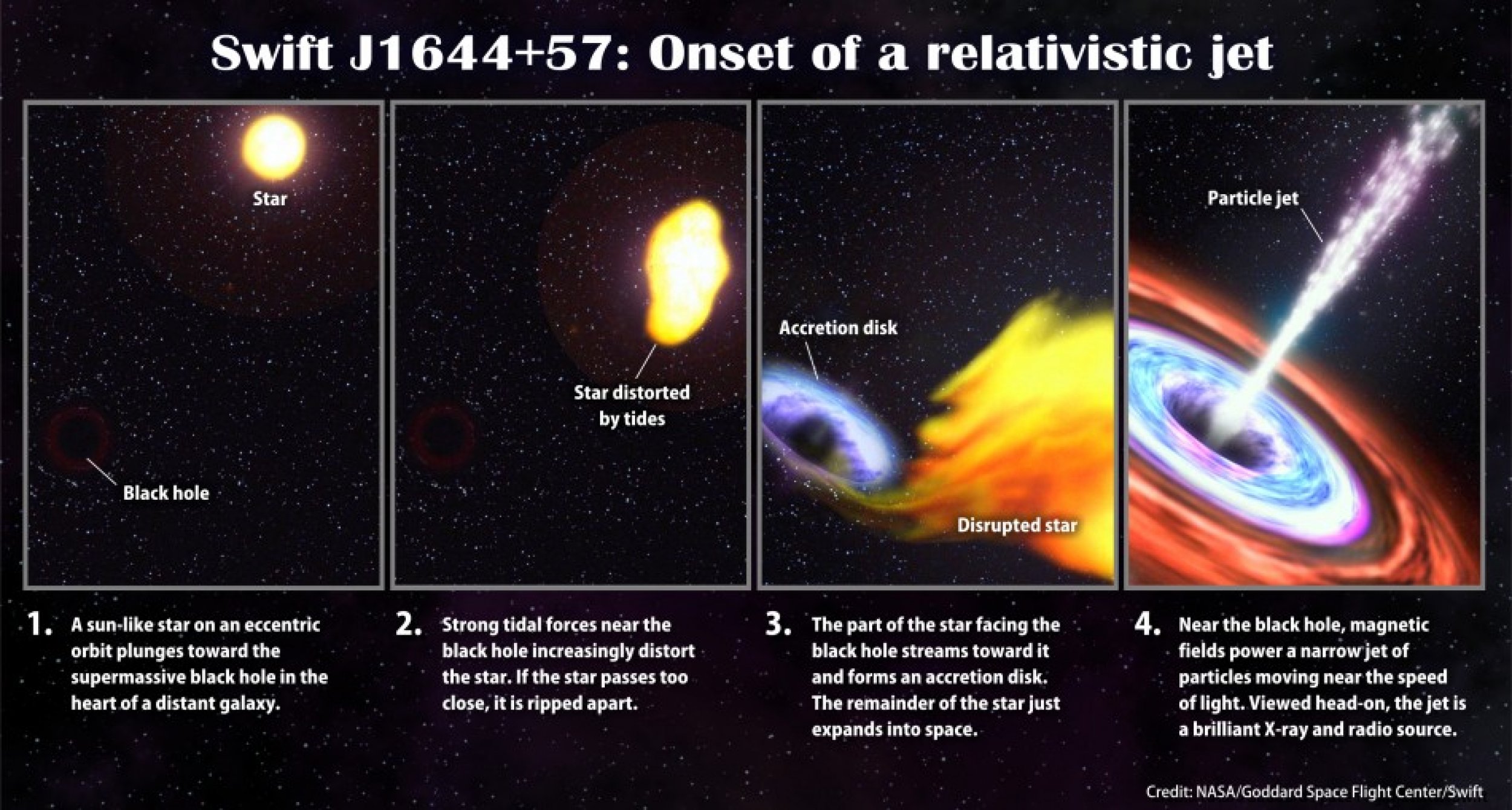
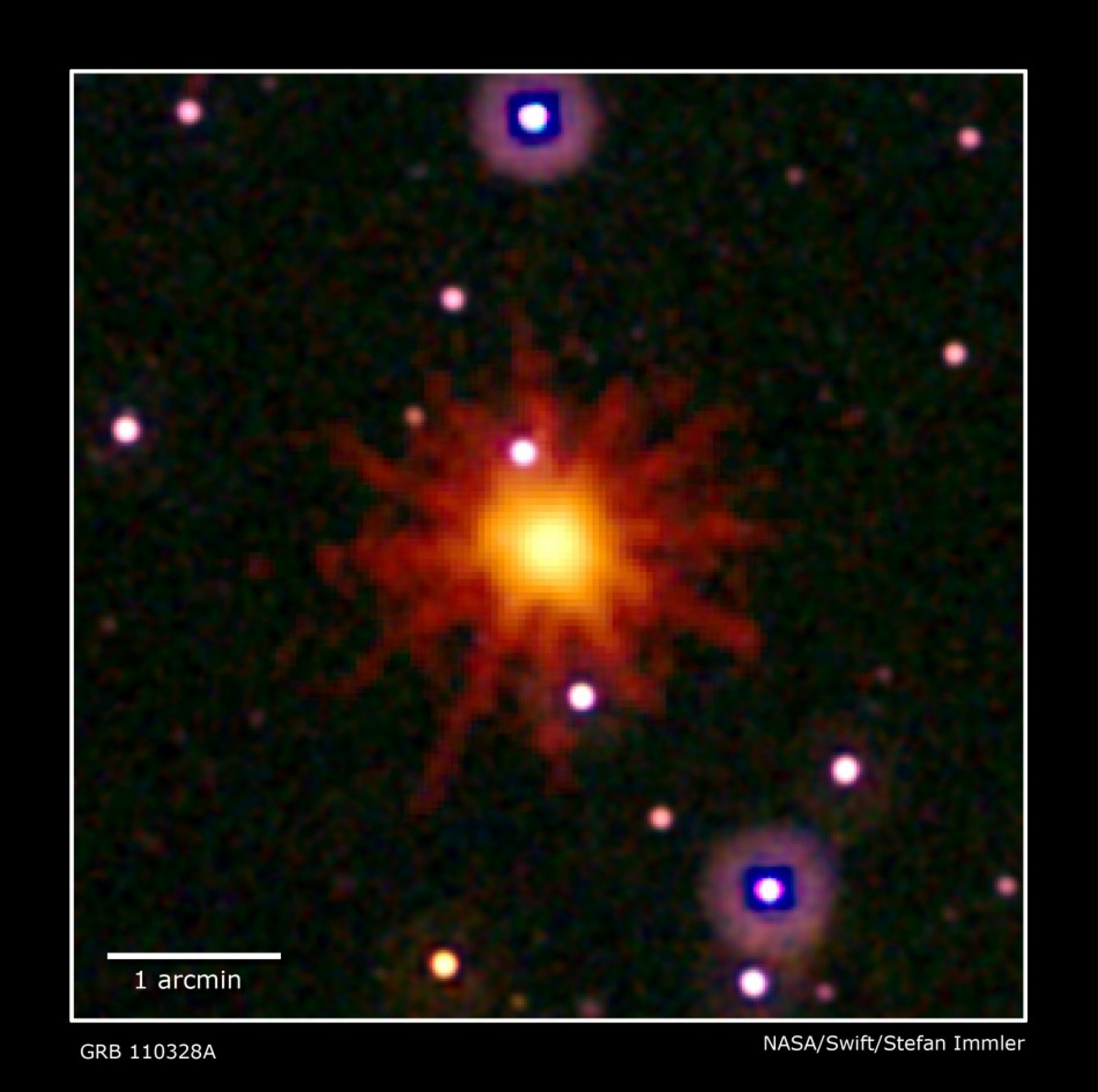
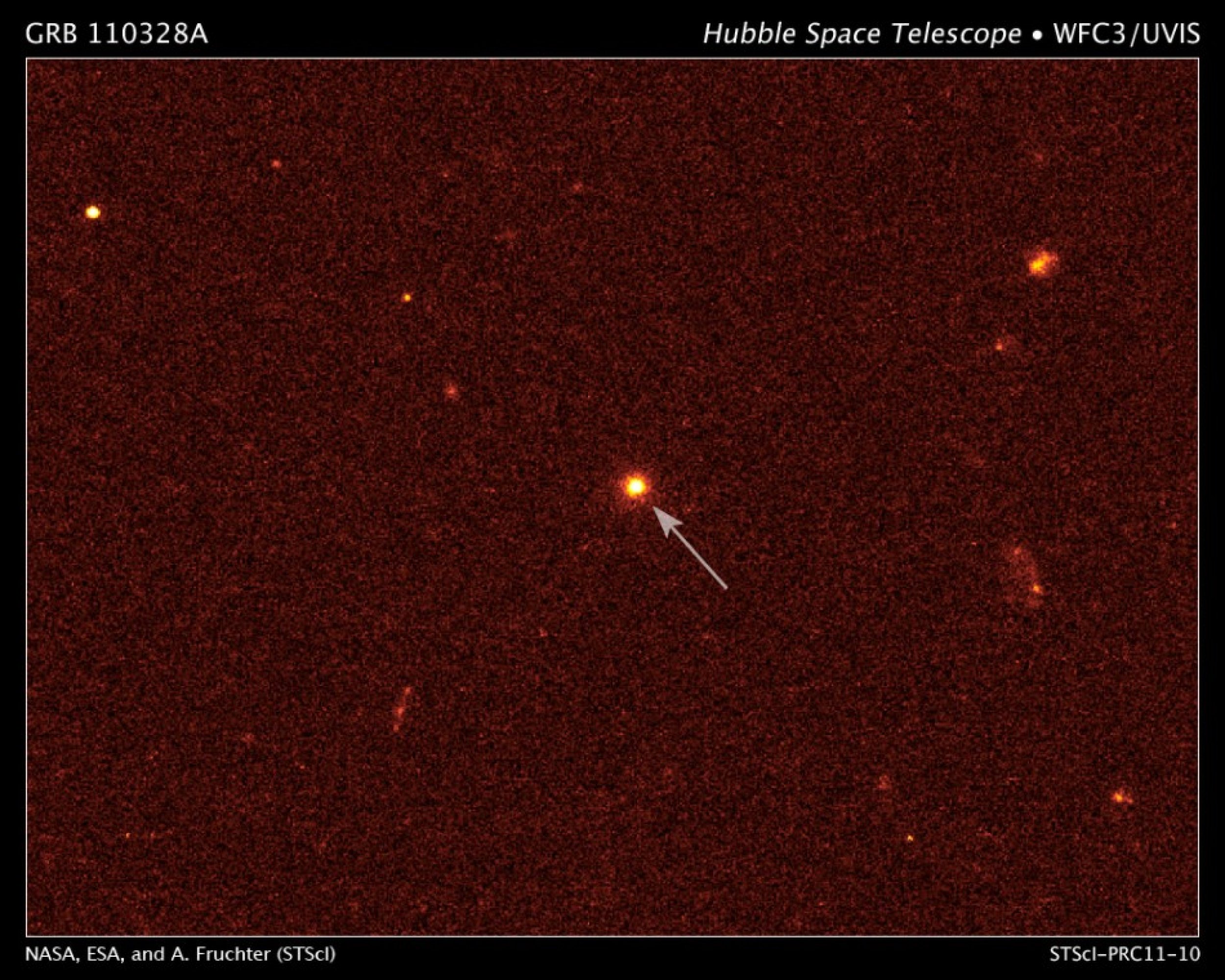

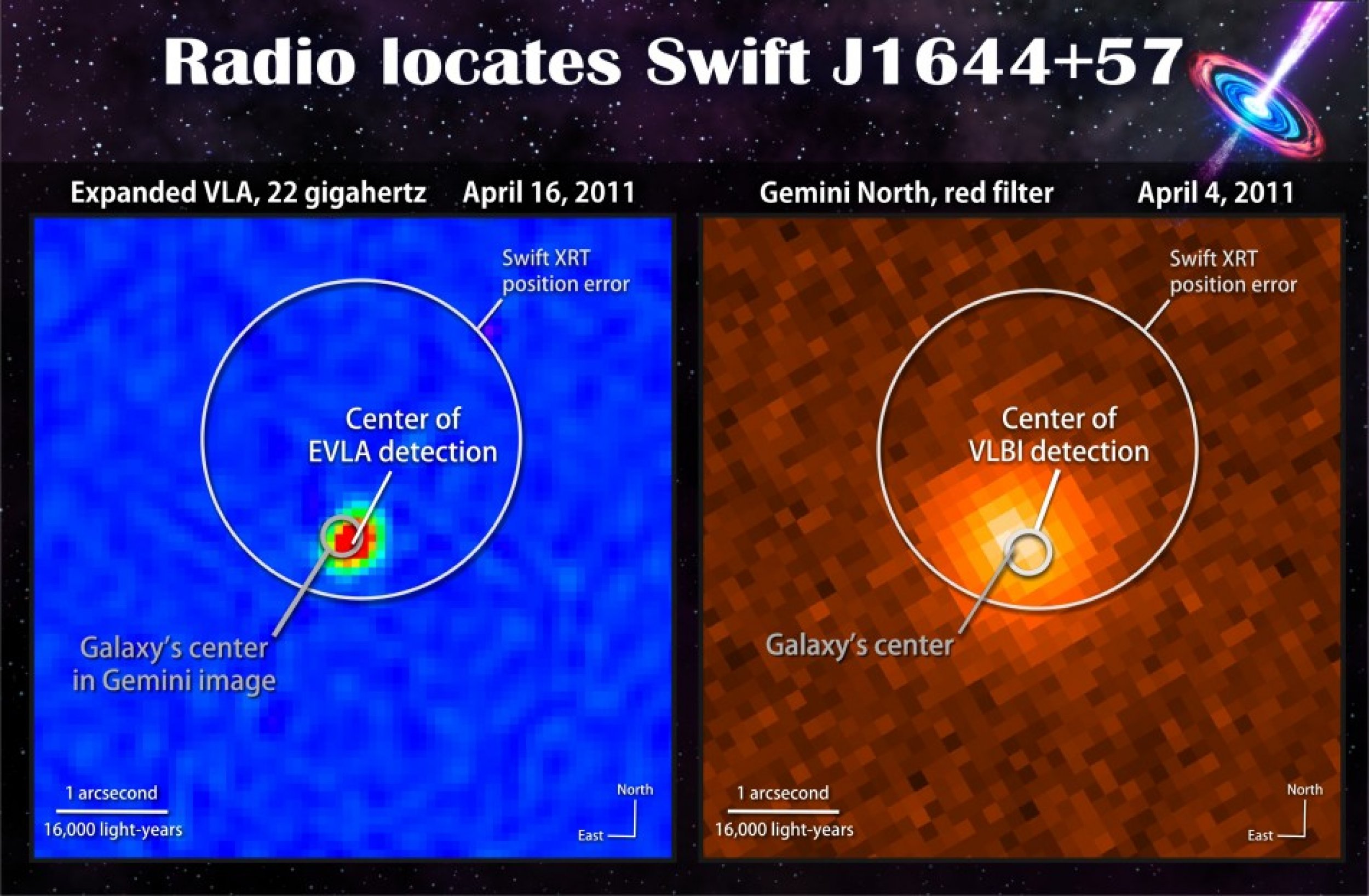
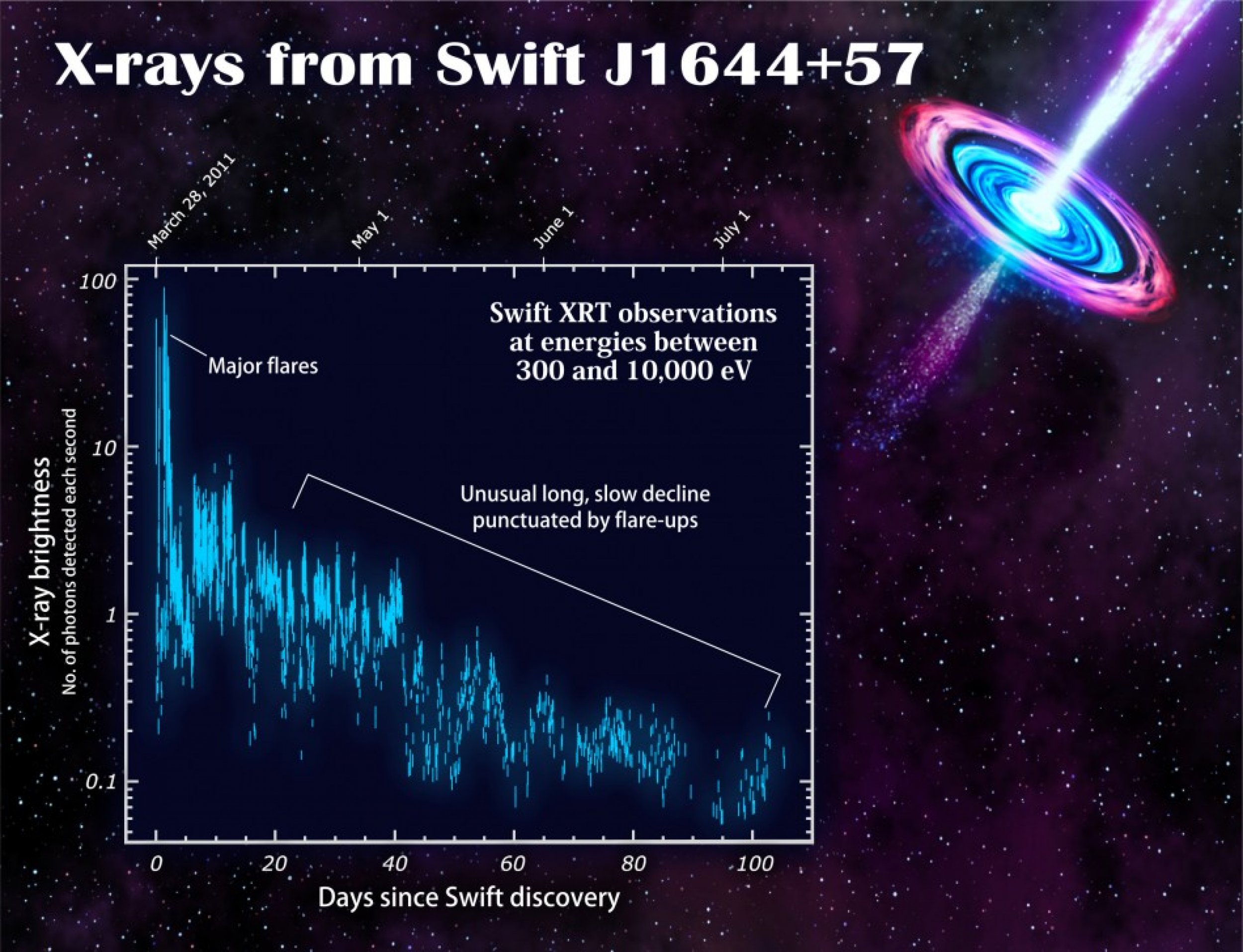
© Copyright IBTimes 2024. All rights reserved.






















